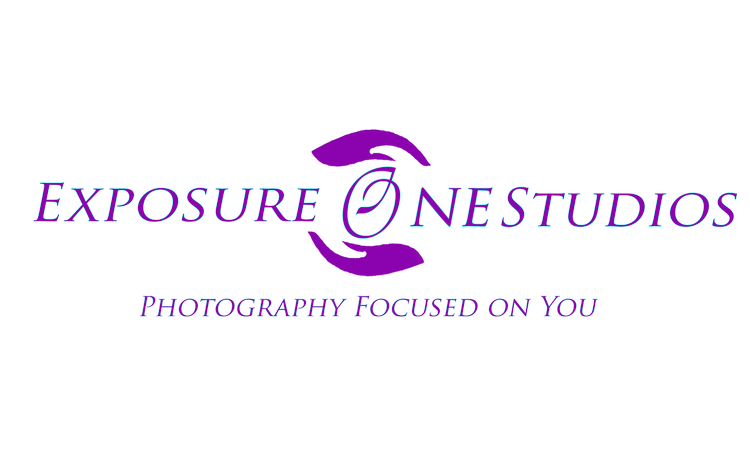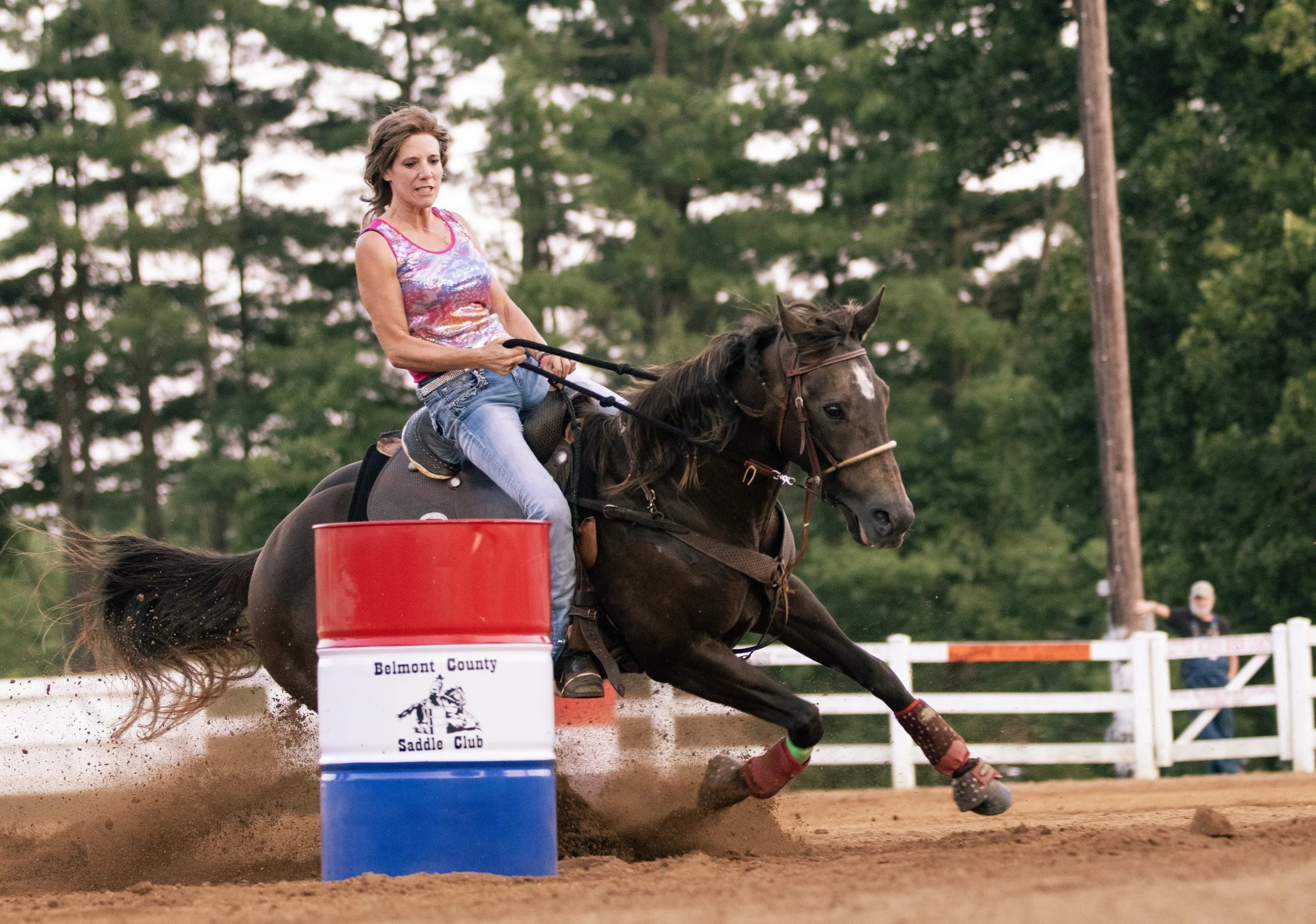I have been a photographer for 13 years and my photographer title has changed more times than I care to count. Photography is an evolution of skill and for many of us, it is our creative outlet. What we win prizes for shooting may not be what we shoot day to day to make a living, and sometimes after shooting one thing for years we have to make a change to push ourselves and our skills to a new level.
When I started as a photographer I was very focused on being a portrait photographer. I wanted to make those great images that you would see in studios and display everywhere. My portraits for just starting out were pretty good, I had some nice success that helped launch a business I really wasn’t prepared to run but I rose to the challenge.
As the years went on things I was shooting for fun— aka horse shows for my sister who was a competitor— soon captured more of my attention and drive. So the switch was made over to the equine industry and I am still a very active photographer in that world. (I did briefly pause to spend several years chasing and shooting rodeo but ultimately burned out and retired in 2019.)
Being a show photographer wasn’t something I aspired to but it is something I have found I highly enjoy. I grew up on the horse show scene before I was a photographer I was a competitor, however, after an injury, I opted to stop competitive riding. It was my sister who wanted to compete that brought me back to the show world and got me there with a camera in hand.
I am not going to say being a show photographer is safer than being a competitor. Because while I was injured in a show, I have as a photographer been run over by a number of competitors and their mounts—so I will not say I do the safer activity in the show world!
Show photographers are unique in their work environments often times we are in stressful, dirty, action-packed areas many times with less lighting than preferred. Our work has to capture everything, most definitely the action in the arenas and we have to do it in safe ways for the horses and riders. (Perfecting how to shoot with no flash or off-camera flash to protect competitors was a huge learning curve!)
Show photographers do more than capture the action of the show, they may be employed to photograph award presentations, staged moments, and candids throughout a show day. Show photographers have long, rigorous hours on show days and oftentimes will work for long periods without any sort of breaks. This doesn’t include the time the show photographer will spend on edits though many venues that hire will expect images to immediately be viewable and available through tech that connects a camera to a computer system.
Show photographers can be hired by venues, promotional teams, magazines, coaches, trainers, horse owners, and riders, or they could just have standing invites to attend by arenas. Show photographers can have set day rates, they can sell by the image, or they can be there for an exclusive shoot.
Show photographers can also specialize in the equine specialties that they capture. There are many different specialties in the equine world and photographers learn what to look for, and how to read the horse and rider to make compelling shots. So when they specialize they are becoming an expert in a particular area. (As a photographer I have jumped around the equine world and love to try my hand at new events but I specialize in barrel racing, pole bending, and trick riding at the present: I have photographed mounted shooting, archery, and drill teams as well.)
Finding your place as a show photographer involves the same level of work as finding yourself as a portrait photographer. Put in the hours, discover where your passion for shooting lies, and then go for it.

